- This topic has 0 replies, 1 voice, and was last updated 3 years ago by
 Araminta Purdy.
Araminta Purdy.
- AuthorPosts
- October 24, 2020 at 9:56 pm #398286
I wonder how much of cross-dressing history is disappearing. One thing I have noted is that, except for major, historical events, stuff that happens before 1995, say, simply seems to have little presence on the Internet.
I was reading Virginia Prince’s, “Transvestia”, (Vol. 1, No. 2, Los Angeles, MAR1960). There is an article, “Susanna Says”, from New York (pp. 15-19) who, from internal suggestions, seems to be the same of Casa Susanna fame. In this article Susanna describes how, in winter (their (Catskills) mountain resort being closed), “The Chevalier d’Eon Club” would essentially meet at Susanna and her wife’s six-room apartment in New York City. They charged a fee as a sort of bed and breakfast (with lunch and dinner). On Thanksgiving, presumably in 1959, they had a relatively large number seeking to attend the ‘Phil Black’s Dance’, “… still one of the greatest attractions for the TV world.” It was described as extremely crowded. The article stated that it was not illegal in New York State and Connecticut for a male to wear feminine clothing (referring unspecifically to a Long Island case where an Army colonel who had sued a police force for false arrest. I suspect that actual events would contradict that statement.
Since it seems to have been a major, social event in which cross-dressers played a significant, participatory role, I was curious. I found an image of a page of newspaper, “New York Age”, dated Sunday 7DEC1957 featuring an article, “‘Les Girls’ Had a Ball At Rockland, Honey!”, by Luscious Limpwrist. She admits that this was not her real name. The impression given by the article was that Phil Black’s Fun-Makers Ball (held the previous Friday evening at the Rockland Palace in Harlem) was only one of several “so-called “gay balls””. Phil Black’s event (also referred to as ‘Phil Black’s Harlem Ball’) had been running for about 18-years. Luscious describes 3,200 attendees with hundreds more outside, “… positively screaming to get in.” It was a deliberately racially integrated affair against the objections of the White Citizens Council. (Just gives you some perspective on the times.) There was also a reference to a Phil Black-Barney Clark Ball. (The same event or another? Apparently the same.) This gave a prize of a $100 and a crown, probably for the most beautiful. There was also a mention of not worrying about Sputnik. Remember Sputnik?
Page 4, column 1 of the, “The New York Age”, Saturday, 1DEC1956 had a column, “Leslie Matthews Unlimited”, noted, “It was a well conducted affair and the guests and contestants were well behaved. Phil Black deserves a bouquet for the annual ball which is entertaining as serves as a melting pot of races.” The idea of a cultural mosaic seems not to have been popularized by then.
All of this sounds very exciting. Particularly if this even had existed since about 1945-1951 (15-years in 1956) and well before Stonewall. Phil Black, who was from from Pittsburgh (ca. 190?-1975), in 1924 won first prize presenting as a woman at a ‘cakewalk’. (“Phil Black (190? – 1975) female impersonator, ball organizer”, at, ‘A Gender Variance Who’s Who’, 6DEC2008.) “He put on the Funmaker drag balls, where anyone who cared to could be in drag, from the mid 1940s until his death, that became the standard for the later voguing balls.”
Sylvia Rivera wrote, “Queens in Exile, the Forgotten Ones”, about the ‘lavish balls’ in Manhattan Center in the 1960s and 1970s. “You had drag balls up in Harlem and you had them downtown. We had Phil’s Black ball, we had the April in Paris ball…those were the two main ones. And there were balls constantly going on. I know the April in Paris ball used to be held at the Manhattan Center on 34th Street. Balls gave us a social affair. If you didn’t go, you just weren’t part of the in crowd. And what talent you saw there! There were women who spent a year sewing and designing their costumes just to get ready for one ball. And the hairstyles with 20 wigs… I’m exaggerating– we’ll say 7 or 8 piled on top of one another. Being brought in in a gilded cage carried by half-naked young men. It was something extravagant and beautiful, something you don’t see in balls today.” Apparently the police at the time would get involved at times, historical information being derived from police reports and arrest records. It would appear that the police had not read, “Tranvestia”, No. 2.
““Close to Home”: The Organization of the Gay Scene in Harlem”, (in, “One of the children: gay black men in Harlem”, by Wiiliam G. Hawkeswood, University of California Press, Berkeley, UC Press E-Books Collection, 1982-2004’, 1997, based on a doctoral thesis, 1992), has a chapter, “The Drag Ball” (pp. 85-87) that includes:
“The annual black-tie drag ball was originally inspired by the female impersonator Phil Black over fifty years ago (Garber 1989:331).[20] His name still appears on the invitations and tickets. Writing about these balls as they took place in the 1920s, Garber notes,
“Drag balls, part of the American homosexual underground for decades, had developed from clandestine private events into lavish formal affairs attended by thousands. The Harlem balls in particular were anticipated with great excitement by both Blacks and Whites. The largest were annual events at the regal Rockland Palace, which held up to 6,000 people. Only slightly smaller were the ones given irregularly at the dazzling Savoy Ballroom, with its crystal chandeliers and elegant marble staircase. The organizers would obtain a police permit making the ball, and its participants, legal for the evening. The highlight of the event was the beauty contest, in which the fashionably dressed drags would vie for the title Queen of the Ball. (1983:12)”
“The drag balls still are magnificent affairs, drawing between six hundred and two thousand attendees. Both men and women participate in drag. At each ball, a competition is held. Drag queens parade on a walkway, as if in a fashion show, wearing magnificent gowns and posing before a panel of gay and non-gay judges. A Queen of the Ball is chosen, and her prizes include travel (usually to the Caribbean) and “cash dollars.” Again a feast is presented, and copious quantities of alcohol are consumed. For weeks afterward, costumes and people and partners are discussed, until each year’s ball becomes legendary in the folklore of the gay scene.”
Chapter 12 of, “Queering the Popular Pitch”, (Sheila Whiteley and Jennifer Rycenga, editors, Routledge, Taylor & Francis Group, New York, 2006), has an essay (pp. 185-198), “Gender Crossings: A Neglected History in African American Music”, by Jeffrey Callen, and on p. 192 wrote of drag balls and performances in Harlem:
“The Depression put an end to the boom in Harlem. By the end of the 1930s, most of the entertainment venues closed and manyentertainers left town. However, a few clubs remained in business. “Moms” Mabley continued performing with a chorus of female impersonators at the Ubangi Club and female impersonator Phil Black inaugurated a new drag ball in 1945 that continued for several decades.”
Callen also mentions the “Pansy’ Scare of the 1950s that resulted in firings in government agencies, increased surveillance by the FBI and the postal services and similar activities that probably contributed to the outrage expressed in 1969. It seems probable that events such as Phil Black’s Ball contributed to a growing sense of community and unity.
As I said at the beginning there are bits and fragments but no clear story. Apparently this ball was, in many ways, a predecessor to events such as Southern Comfort (initiated in 1991) or Esprit (1990). I hope that the above, in a small part, captures a bit of history that is part of the long struggle for acceptance of gender diversity.
Araminta.
- AuthorPosts
- The forum ‘General Chat “Life as it Goes On”’ is closed to new topics and replies.



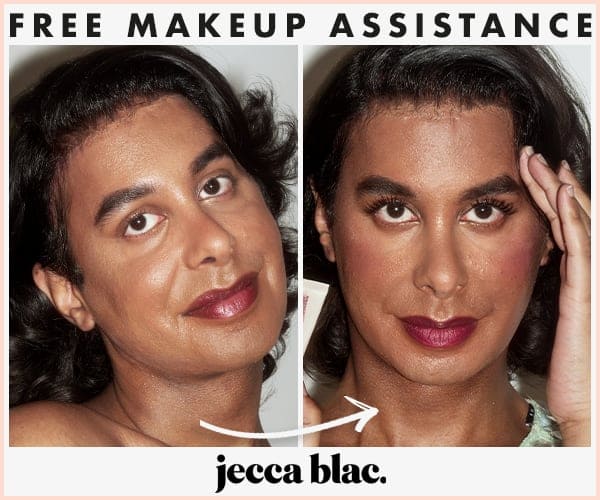
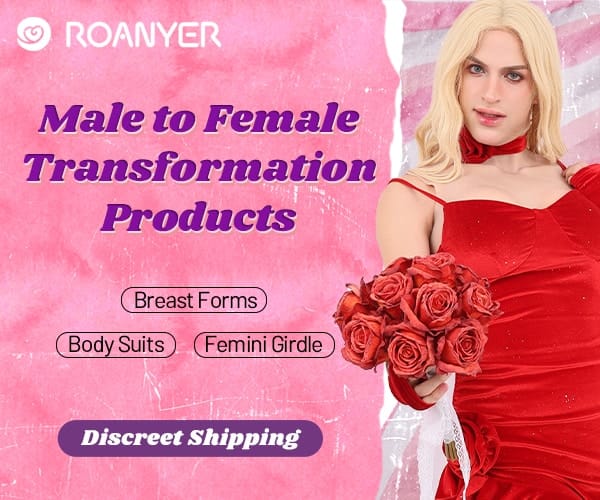



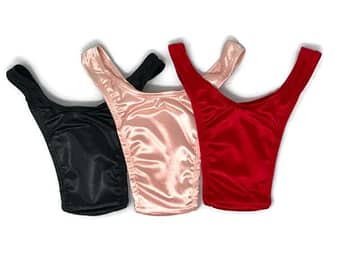
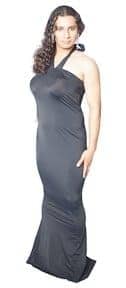
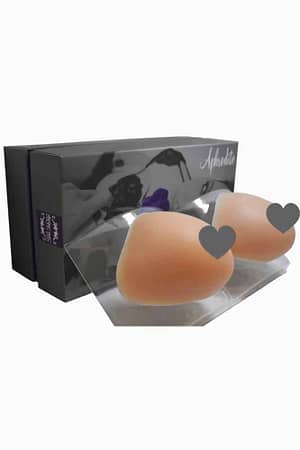



Recent Comments